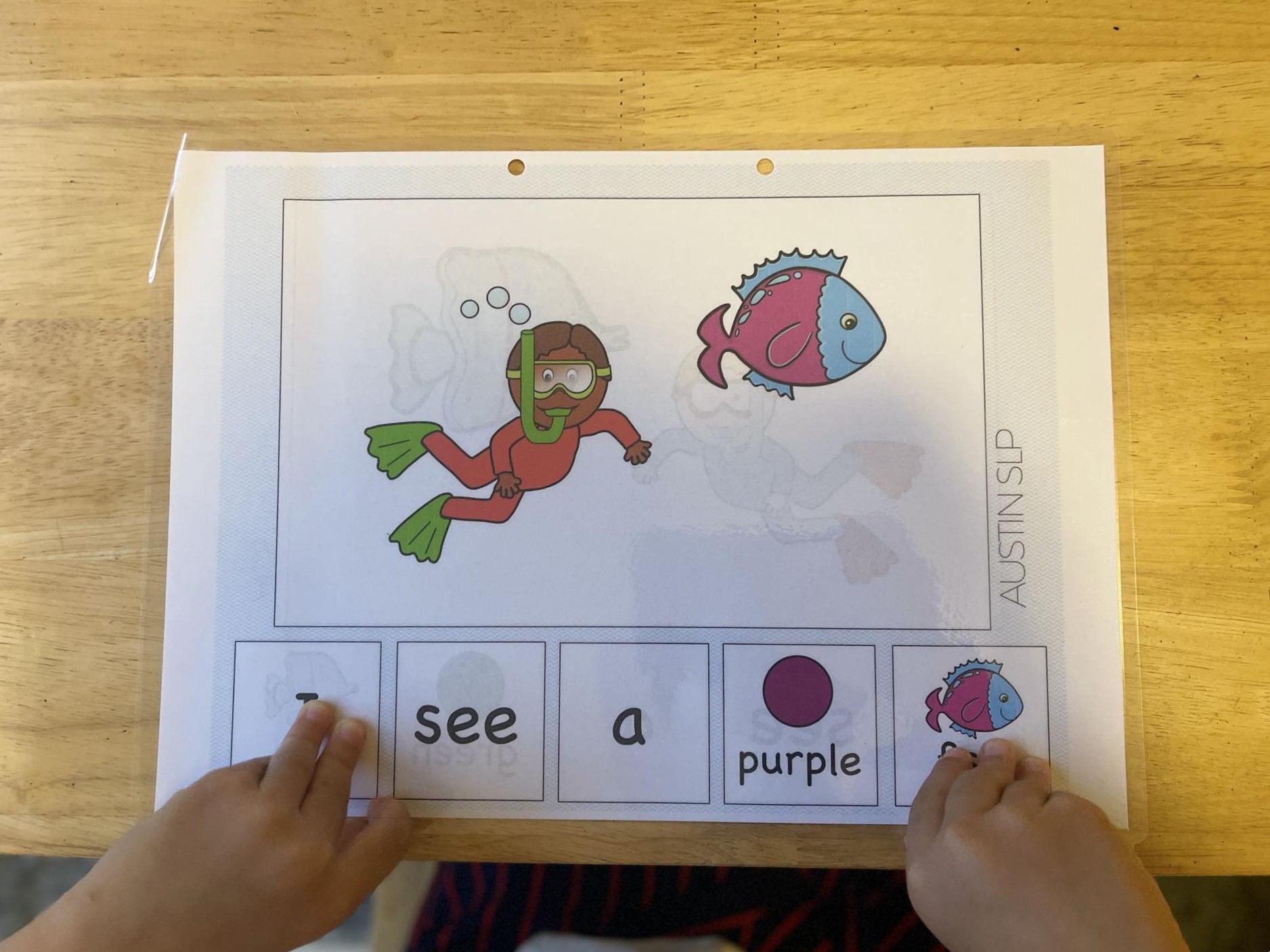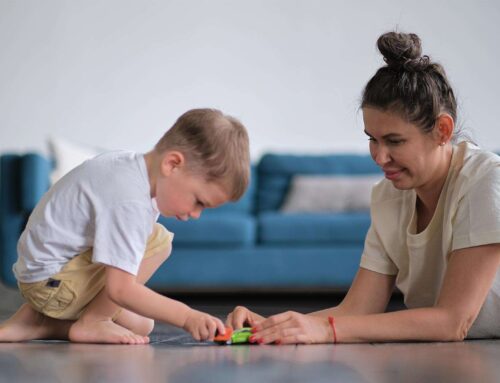Developing strong sentence building skills is crucial for students with special educational needs (SEN) to participate in written communication effectively. These activities aim to provide engaging and accessible methods for SEN students to practice constructing grammatically correct, meaningful sentences.
Scaffolding Sentence Structure:
- Picture prompts: Utilize colorful pictures or real-life objects to stimulate sentence creation. Students can describe the picture using provided word cards or generate independent sentences.
- Sentence frames: Offer sentence starters with blanks to fill in, guiding students towards complete sentences while allowing for personal expression. For example, “The [animal] is eating the [fruit].”
- Word banks: Provide themed word lists (animals, actions, objects) related to the activity or picture prompts. Students can choose relevant words to build their sentences.
Interactive and Dynamic Practices:
- Sentence puzzles: Cut sentences into individual words and have students rearrange them to form grammatically correct sentences. Velcro dots on cards can make them reusable.
- Domino sentences: Create sentence dominoes with each half containing part of a sentence. Students connect matching halves to form complete sentences and read them aloud.
- Sentence spinners: Design spinners with word categories (subject, verb, object) and allow students to spin and combine words to create silly or meaningful sentences.
Enhancing Engagement and Creativity:
- Storytelling games: Use dice or spinner prompts to dictate story elements, and students build sentences to narrate the story together. Encourage imaginative and humorous creations.
- Picture sequencing: Arrange a series of pictures depicting an event and have students write captions or descriptive sentences for each picture, creating a mini-story.
- Interactive apps and games: Utilize educational apps and games tailored for sentence building practice. These often offer visual aids, audio supports, and varying difficulty levels.
Differentiation and Assessment:
- Matching difficulty to individual needs: Adapt activities to suit different learning levels. Use color-coding, varying sentence complexity, and providing picture support as needed.
- Self-checking and peer review: Encourage students to check their sentences for completeness and clarity. Peer review activities can promote collaboration and constructive feedback.
- Informal observations and progress tracking: Monitor students’ participation, sentence structure, and understanding of sentence components. Celebrate successes and adjust activities to address specific challenges.
By implementing these engaging and varied sentence building activities, teachers can foster a positive learning environment where SEN students develop strong sentence construction skills, build confidence in written communication, and express their ideas with clarity and creativity.





Leave A Comment